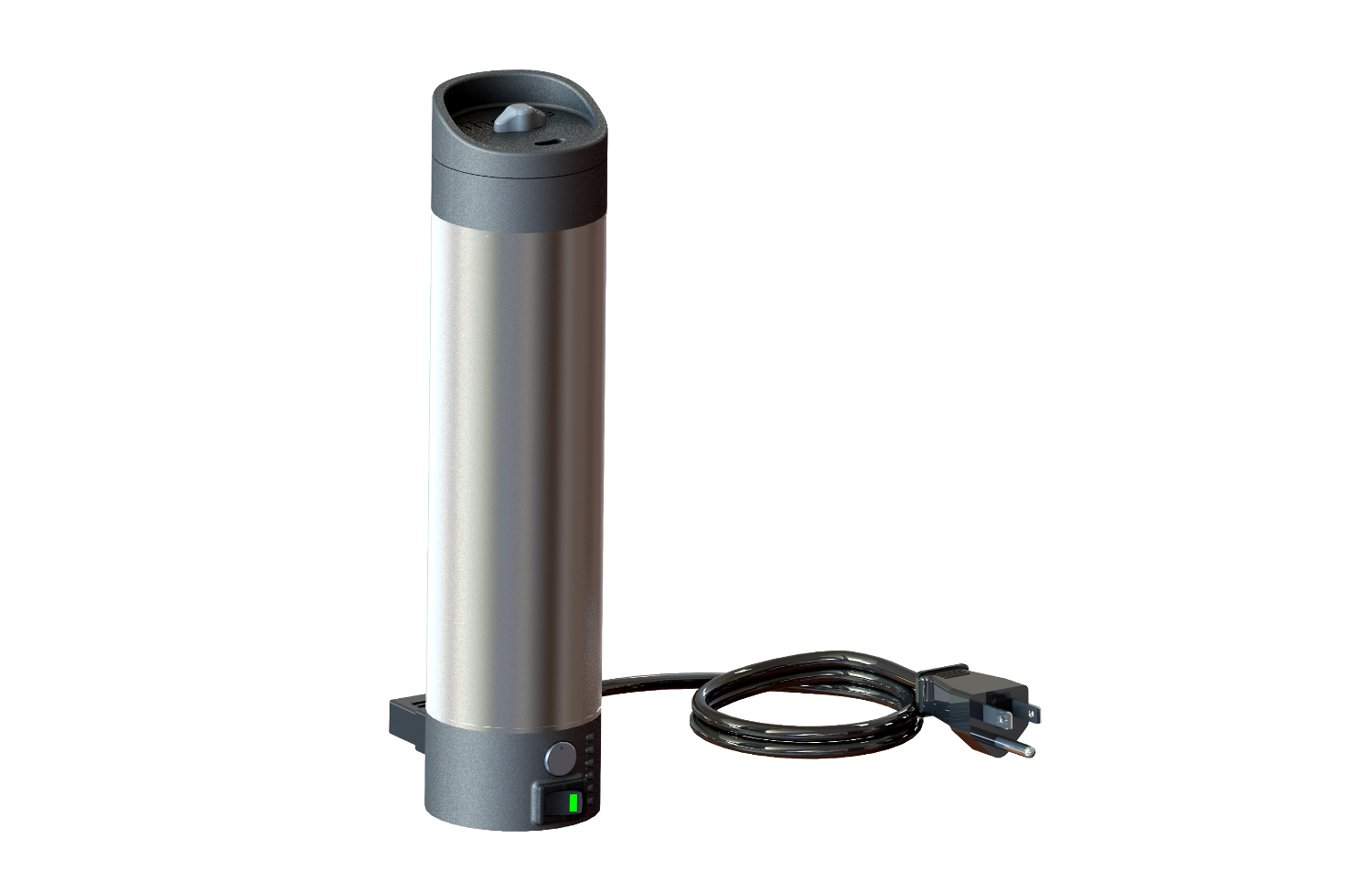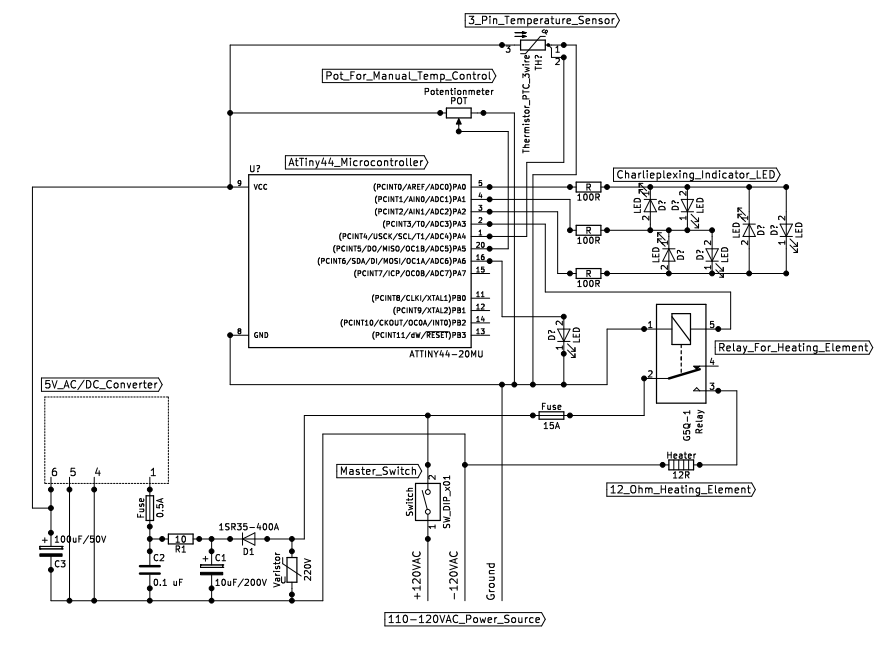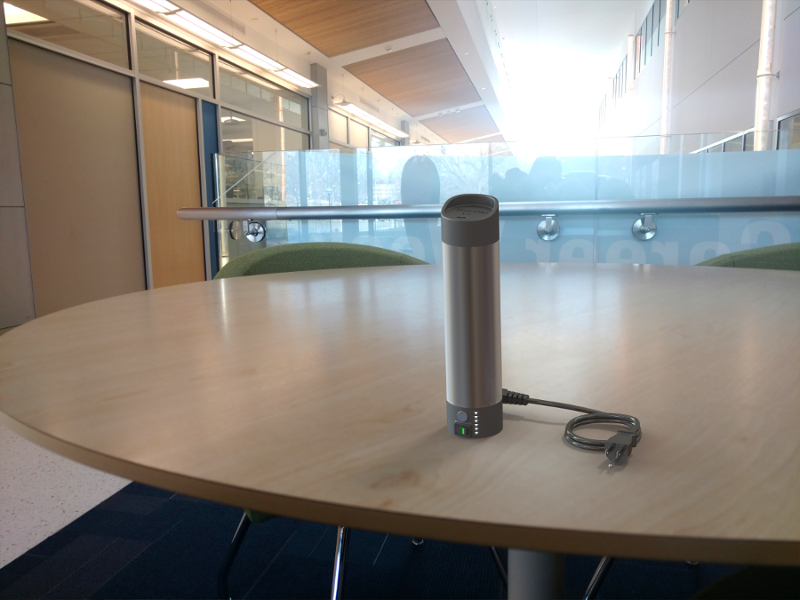Thettle is a startup I created along with two other people. Our goal was to make a product that combines an electric kettle with a portable thermos which will allow consumers to make hot beverages wherever they go. I was in charge of designing and manufacturing our product and worked on the business side of our operation as well. We built two prototypes, wrote a business plan, and participated in startup competitions.

We created the first prototype at the University of Michigan 2017 Makeathon. This was a 48 hour competition where small teams of students build “something”. We went into the competition with little knowledge of electrical circuitry and controls. One of the first things we did was try and figure out how to make LED lights blink with an Arduino. At the end, we made the first Thettle. It was powered from a laptop charger, controlled by an Arduino with temperature sensors and relays to regulate temperature, and it was capable of warming water. We came in first place and won the National Instruments Award for Accelerating Innovation, giving us $850 which we invested into future prototypes. Our second prototype was an iteration of this design which used a higher voltage power source and more powerful heating element, which improved heating capabilities and speed.
Thettle competed at the 2017 Accelerate Michigan student competition. This was a pitch contest where we presented our business to a panel of judges for the chance to win $10,000. We were one of the 6 undergraduate teams to make it to the finals out of the dozens who applied.

Our third prototype improves on previous iterations by using more electrical power for faster heating times, a detachable power cord, improved user interface, and a better thermal seal. I designed this prototype and am working to bring it to fruition. It was designed in SolidWorks and I purchased parts to build it off of McMaster and Digikey. I conducted static simulations in SolidWorks Simulation to determine the minimum wall thickness that could handle normal applied loads and designed the circuitry for the prototype in KiCad.


